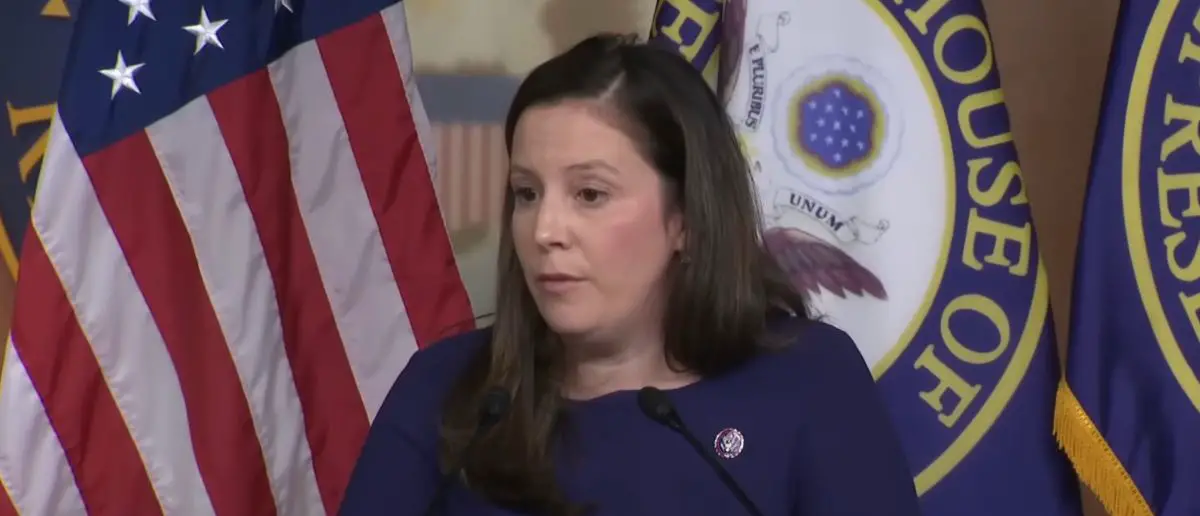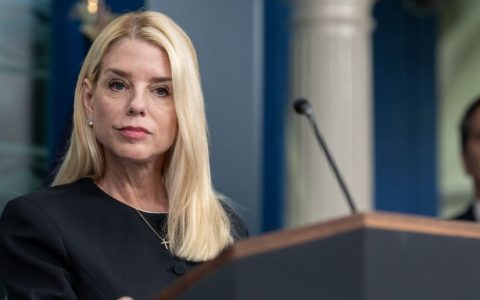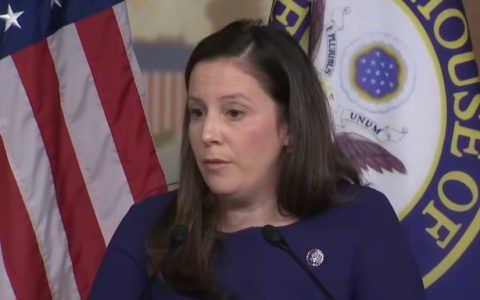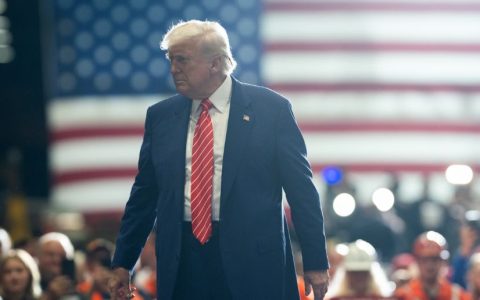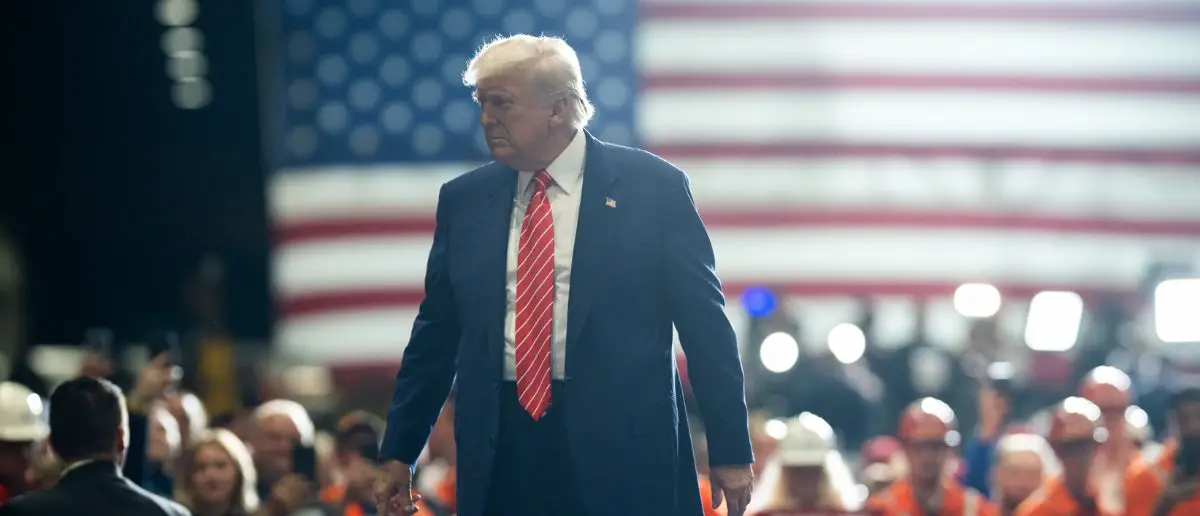
President Trump’s been dragged into court. He’s not happy.
And Donald Trump was taken aback when he found out who came to his defense in a hot lawsuit.
Chris Cuomo Goes Nuclear On Wall Street Journal For Trying To Smear President Trump
NewsNation host Chris Cuomo sharply criticized The Wall Street Journal (WSJ) on Thursday for publishing a story claiming that President Donald Trump sent a suggestive letter to Jeffrey Epstein for his 50th birthday in 2003. Cuomo called the article a poorly executed attempt to tarnish Trump’s reputation, arguing it lacked substance and distracted from the core issues of the Epstein case.
In a Truth Social post, Trump announced plans to sue the WSJ, its parent company News Corp, and Rupert Murdoch, dismissing the article as “FAKE.” Cuomo, during his show “CUOMO,” defended Trump’s frustration, labeling the WSJ piece “a hack job” that served no purpose other than boosting Murdoch’s profits. “I get that he’s pissed off, okay? And he’s not wrong. This Wall Street Journal piece is a hack job, okay? … I mean, it’s so stupid, okay?” Cuomo said. He emphasized that the real Epstein story centers on the abuse of vulnerable children by powerful individuals who evaded accountability, not on Trump’s past association with Epstein.
Cuomo further argued that the WSJ article was a sensationalized distraction, unlikely to shift public opinion but certain to generate revenue for Murdoch. “It’s going to make you some money, Rupert — great for you, just what you need. But this is why we can’t get anywhere. The guy says, ‘I didn’t write the letter.’ The letter is meaningless! You put out the piece anyway and there’s no light on what really matters,” he stated. The WSJ described the alleged letter as “bawdy,” noting it featured typewritten text within the outline of a naked woman, reportedly hand-drawn with a marker, and signed by Trump with the closing, “Happy Birthday — and may every day be another wonderful secret.”
Trump’s Truth Social post singled out WSJ editor-in-chief Emma Tucker, claiming he and White House press secretary Karoline Leavitt had informed her the letter was fabricated. “Emma Tucker didn’t want to hear that,” Trump wrote, accusing the outlet of pushing a “false, malicious, and defamatory story.” The WSJ did not publish the letter itself, only describing its alleged contents.
While Trump has acknowledged a past friendship with Epstein, reports from The Washington Post indicate their relationship ended around 2004, before Epstein faced public allegations of child abuse in 2006. Recently, Attorney General Pam Bondi announced the Department of Justice (DOJ) was prepared to unseal grand jury transcripts related to Epstein, following Trump’s push for their release. This came after a DOJ memo, first reported by Axios, confirmed the FBI found no evidence of a “client list” or foul play in Epstein’s death by su*cide.
The Epstein Controversy: Separating Fact from Conspiracy
The Jeffrey Epstein case remains one of the most high-profile and controversial scandals in recent history, centered on the financier’s crimes of s*xual abuse and trafficking of minors. Epstein, a wealthy and well-connected figure, was first arrested in 2006 in Florida for soliciting prostitution from a minor, resulting in a lenient plea deal that drew widespread criticism. His 2019 arrest on federal s*x trafficking charges reignited public and media scrutiny, but his death by su*cide in a Manhattan jail cell that August fueled rampant speculation and conspiracy theories. Despite extensive investigations, no credible evidence supports claims of a cover-up or foul play in his death.
Epstein’s crimes involved grooming and abusing dozens of young girls, many of whom were vulnerable and lacked the resources to seek justice. His wealth and connections to influential figures in politics, business, and entertainment amplified public interest and suspicion. The absence of a public trial, due to his death, left many questions unanswered, contributing to distrust in official narratives. However, federal investigations, including those by the FBI and DOJ, have consistently found no evidence of a secret “client list” or orchestrated m*rder, as confirmed by a July 2025 DOJ memo reported by Axios.
The recent WSJ article alleging a suggestive letter from Trump to Epstein in 2003 reignited debate about Epstein’s ties to prominent figures. While Trump and Epstein were known to have socialized in the 1990s and early 2000s, their relationship reportedly ended before Epstein’s legal troubles became public. The WSJ’s claims, which Trump denies, have been criticized for lacking corroboration, as the outlet did not produce the letter itself. This controversy demonstrates the media’s role in amplifying unverified claims, often overshadowing the focus on Epstein’s victims and the systemic failures that allowed his crimes to persist.
Conspiracy theories surrounding Epstein often center on allegations of a vast network of powerful individuals complicit in his activities or responsible for his death. These theories, widely circulated online, include claims of a “client list” of high-profile figures or assertions that Epstein was m*rdered to silence him. Investigations by the FBI, DOJ, and independent reviews have found no evidence to support these claims. Epstein’s death was officially ruled a su*cide by hanging, with autopsies and prison records indicating no signs of external interference.
The DOJ’s 2025 decision to unseal grand jury transcripts, as announced by Attorney General Pam Bondi, aims to increase transparency in the Epstein case. This move follows years of public demand for access to court documents, many of which were partially released in prior years. The unsealed records are expected to provide further details on Epstein’s 2006 Florida case, though they are unlikely to reveal new evidence supporting conspiracy theories, given the consistent findings of prior investigations.
Media coverage of Epstein often blurs the line between fact and speculation, as seen in the WSJ’s recent article. Outlets have faced criticism for prioritizing sensational headlines over substantive reporting on the victims or the legal system’s shortcomings. For example, the 2008 plea deal, orchestrated by then-prosecutor Alexander Acosta, allowed Epstein to serve just 13 months in a county jail with work release, a punishment widely seen as inadequate. This leniency sparked outrage and fueled distrust, contributing to the proliferation of conspiracy theories.
Efforts to address the Epstein case continue, with ongoing lawsuits from victims seeking accountability from his estate and associates. Ghislaine Maxwell, Epstein’s former partner, was convicted in 2021 of s*x trafficking and related charges, receiving a 20-year sentence. Her trial provided some insight into Epstein’s operations but did not substantiate claims of a conspiracy involving global elites. Courts have also ordered the release of additional documents, though these have primarily confirmed known details rather than revealing new conspiracies.
Public fascination with Epstein persists due to his ties to figures like Bill Clinton, Prince Andrew, and others, though no evidence has emerged linking them directly to his crimes. The focus on these connections often overshadows the victims’ stories and the need for systemic reforms to prevent similar abuses. Advocacy groups continue to push for stronger protections for vulnerable youth and stricter penalties for enablers of trafficking.
The Epstein case highlights the challenges of combating misinformation in high-profile scandals. While conspiracy theories thrive in the absence of complete transparency, official investigations have consistently debunked claims of a cover-up. The DOJ’s commitment to releasing grand jury transcripts may help clarify lingering questions, but it is unlikely to satisfy those invested in unfounded narratives.
Stay tuned to the DC Daily Journal.


